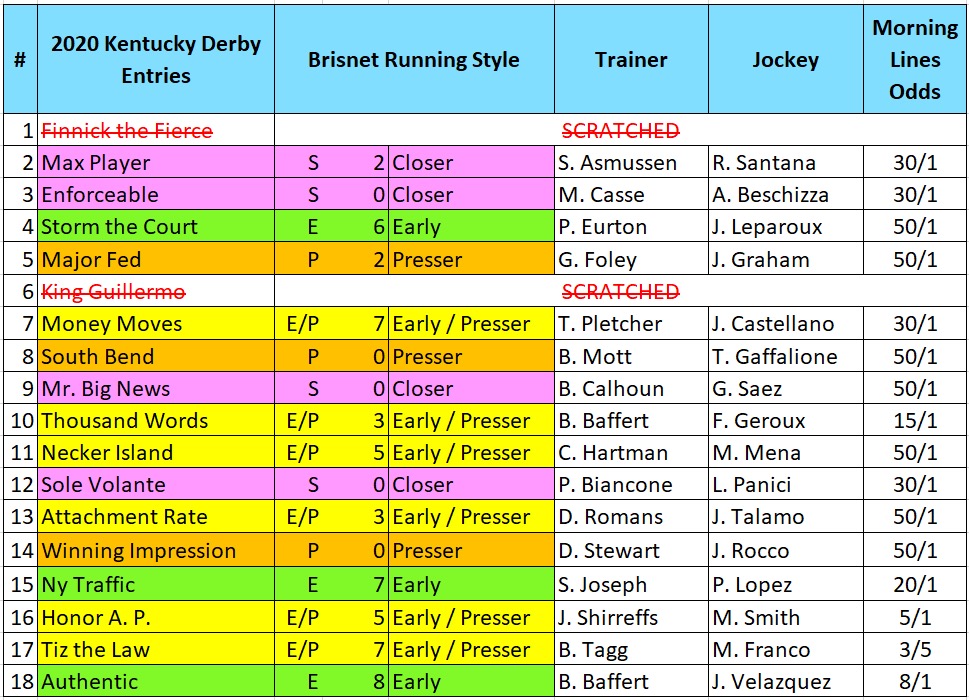Seagrass Restoration Bids: A Focus On Scotland's Coastal Habitats

Table of Contents
Understanding the Seagrass Restoration Process in Scotland
Assessing Seagrass Habitats for Restoration
Successful seagrass restoration begins with careful site selection. Identifying suitable locations requires a thorough assessment of various factors impacting seagrass growth and survival. Key criteria include water quality (transparency, nutrient levels, pollution), sediment type (suitable for root anchorage), and wave exposure (avoiding excessively turbulent areas). Organizations like Marine Scotland and Scottish universities play a crucial role in conducting these assessments, utilizing their expertise in marine ecology and coastal geomorphology.
- Factors influencing successful seagrass transplantation:
- Sufficient light penetration
- Stable substrate
- Low levels of pollution
- Appropriate salinity
- Minimal grazing pressure
Methods for Seagrass Restoration
Several methods exist for restoring seagrass meadows, each with its own advantages and disadvantages. These include:
- Seeding: Involves broadcasting seagrass seeds directly onto the seabed. This is cost-effective but relies on suitable environmental conditions for seed germination and establishment.
- Transplanting: This involves the careful relocation of seagrass shoots or plugs from healthy donor sites to degraded areas. It offers higher success rates but requires careful handling and can be labor-intensive. Vegetative propagation, where seagrass fragments are used to establish new plants, is also a common technique.
Examples of successful methods in Scotland may include combining seeding with transplanting for optimal results. Furthermore, technology plays a crucial role; drones are used for aerial surveys, while underwater cameras provide detailed assessments of restoration progress, aiding adaptive management.
Securing Funding for Seagrass Restoration Projects
Securing sufficient funding is crucial for undertaking effective seagrass restoration. Various sources exist, including:
- Government grants: Organizations like NatureScot offer environmental grants specifically aimed at coastal habitat restoration.
- Private funding: Corporations with strong environmental, social, and governance (ESG) strategies are increasingly investing in conservation projects.
- EU initiatives: European Union funding programs continue to support marine conservation efforts.
A compelling seagrass restoration bid must include:
- A robust scientific basis demonstrating the project’s feasibility and potential impact.
- A detailed plan for community engagement, ensuring local buy-in and support.
- A comprehensive long-term monitoring plan to track progress and adapt strategies as needed.
[Link to NatureScot funding opportunities] [Link to other relevant funding bodies]
The Importance of Community Engagement and Partnerships
Engaging Local Communities in Seagrass Restoration
Community involvement is paramount for the long-term success of seagrass restoration projects. It fosters a sense of local ownership, boosts project success rates, and provides valuable opportunities for environmental education.
- Successful community engagement strategies:
- Workshops and educational programs
- Volunteer days for planting and monitoring
- Citizen science initiatives involving local residents in data collection.
Collaboration with Stakeholders
Effective seagrass restoration requires collaboration amongst various stakeholders. Partnerships between researchers, government agencies (like Marine Scotland), NGOs (e.g., Seasearch), and local businesses are crucial.
- Benefits of collaborative approaches:
- Shared resources and expertise
- Increased project impact
- Enhanced community engagement
- Broader dissemination of results
Successful collaborations in Scotland's coastal conservation demonstrate the power of unified action. Examples can be drawn from existing partnerships involved in similar marine habitat restoration projects.
Monitoring and Evaluation of Seagrass Restoration Projects
Long-Term Monitoring Strategies
Regular monitoring is essential to assess project effectiveness, identify challenges, and adapt strategies as needed. Key indicators include:
- Seagrass density and biomass
- Species composition and diversity
- Sediment quality
- Water quality parameters
Advanced monitoring techniques, such as remote sensing and genetic analysis, can provide valuable insights into seagrass meadow health and resilience.
Adaptive Management and Project Adjustments
Seagrass restoration is a dynamic process requiring flexibility. Monitoring results inform adaptive management strategies, allowing for necessary adjustments to maximize project success. This includes adapting planting techniques, addressing unforeseen challenges, and refining management plans based on data analysis. Regular reporting and knowledge sharing are crucial for continuous improvement and wider application of lessons learned.
Conclusion: Investing in Scotland's Future: Securing Success in Seagrass Restoration Bids
Seagrass restoration presents both significant challenges and substantial opportunities for Scotland. Successful bids require a strong scientific foundation, effective community engagement, and robust long-term monitoring. Investing in seagrass restoration offers significant ecological benefits, including enhanced biodiversity, carbon sequestration, and coastal protection, along with economic advantages through sustainable tourism and fisheries. By embracing collaborative approaches and implementing innovative strategies, we can ensure the long-term health and resilience of Scotland's invaluable seagrass meadows.
We encourage you to learn more about seagrass restoration opportunities in Scotland and to consider submitting your own seagrass restoration bids. Together, we can contribute to the revitalization of Scotland's vital coastal habitats and secure a healthier future for our marine environment.
[Link to relevant Scottish Government websites] [Link to organizations involved in seagrass restoration in Scotland] [Link to further resources on seagrass restoration]

Featured Posts
-
 Russell Westbrooks Nuggets Debut Fan Reactions From Spurs Game
May 04, 2025
Russell Westbrooks Nuggets Debut Fan Reactions From Spurs Game
May 04, 2025 -
 Canadiens Vs Oilers Your Morning Coffee Hockey Recap And Outlook
May 04, 2025
Canadiens Vs Oilers Your Morning Coffee Hockey Recap And Outlook
May 04, 2025 -
 Will Berlanga Stay Hearn Offers High Profile Fights
May 04, 2025
Will Berlanga Stay Hearn Offers High Profile Fights
May 04, 2025 -
 Electric Motor Independence Breaking Free From Chinas Grip
May 04, 2025
Electric Motor Independence Breaking Free From Chinas Grip
May 04, 2025 -
 Assista Ao Vivo Corinthians X Sao Bernardo Horario E Transmissao
May 04, 2025
Assista Ao Vivo Corinthians X Sao Bernardo Horario E Transmissao
May 04, 2025
Latest Posts
-
 Kentucky Derby 2025 Pace Prediction Key Horses And Their Impact
May 05, 2025
Kentucky Derby 2025 Pace Prediction Key Horses And Their Impact
May 05, 2025 -
 The 2025 Kentucky Derby Pace Scenarios And Their Implications
May 05, 2025
The 2025 Kentucky Derby Pace Scenarios And Their Implications
May 05, 2025 -
 Examining The 2025 Kentucky Derby Anticipating The Winning Pace
May 05, 2025
Examining The 2025 Kentucky Derby Anticipating The Winning Pace
May 05, 2025 -
 Kentucky Derby 2025 Factors Influencing The Race Pace
May 05, 2025
Kentucky Derby 2025 Factors Influencing The Race Pace
May 05, 2025 -
 Colonial Downs Stones Big Announcement The Virginia Derby Is Coming
May 05, 2025
Colonial Downs Stones Big Announcement The Virginia Derby Is Coming
May 05, 2025
